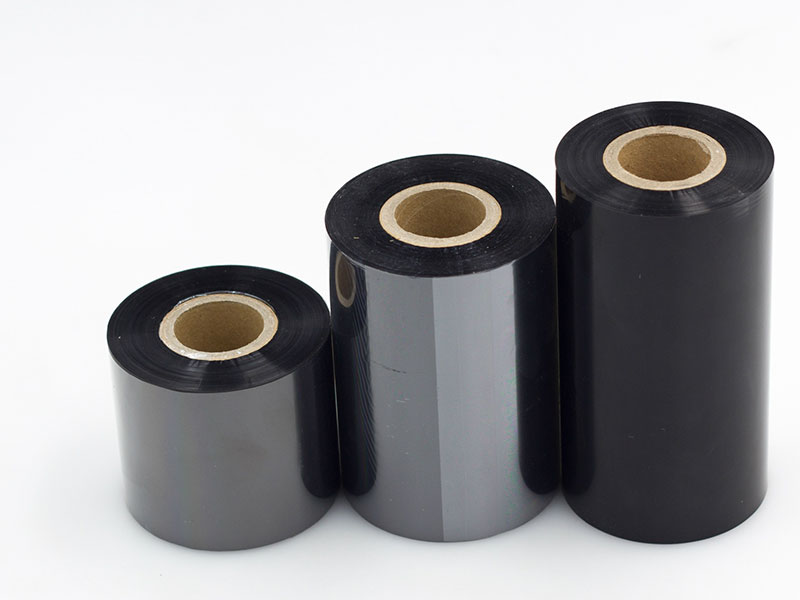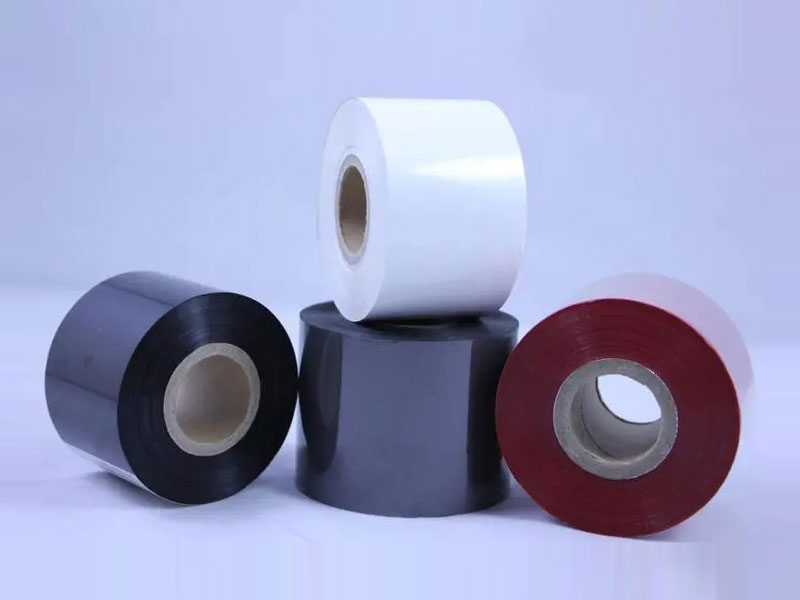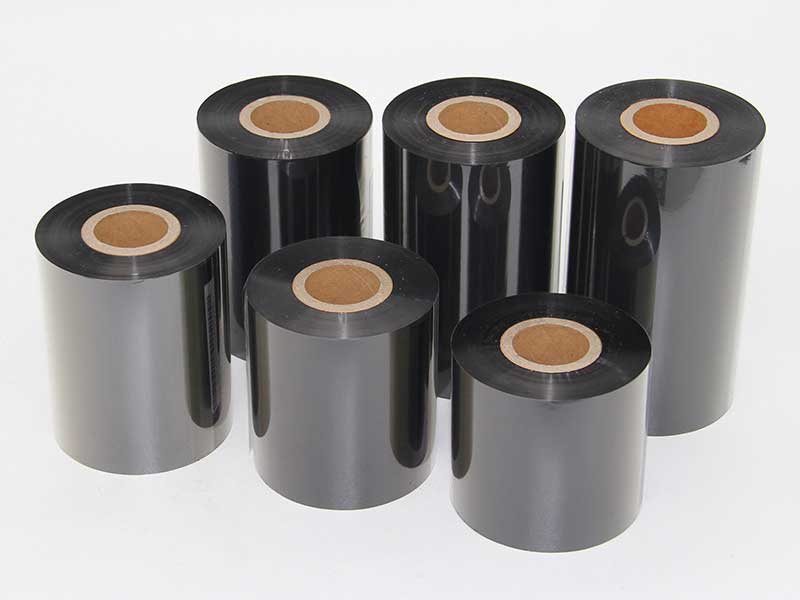Ribbon slitting machines are key equipment for the production of thermal transfer ribbons (used for barcode printing, label printing, etc.), and their working principle involves precise slitting, winding, and control techniques. The following is a breakdown of the whole process from raw materials to finished products:
1. Raw material preparation
• Ribbon Master Coil: A wide original ribbon coil (typically 500mm~1000mm wide), consisting of a polyester film (PET) substrate, a hot-melt ink layer, and a backcoat.
• Slitting specifications: Determine the width of the finished product (such as 10mm, 30mm, etc.) and length (such as 300m/roll) according to customer needs.

2. The core structure of the slitting machine
• Unwinding Device: Automatic or manual unwinding, equipped with a tension control system to ensure smooth unwinding of the master roll.
• Guiding System (EPC): Detects the edge position through photoelectric sensors and adjusts the lateral position of the master coil in real time to ensure slitting accuracy.
• Slitting unit:
◦ Circular knife slitting: High-speed rotating circular blades (carbide or ceramic) cut the ribbon vertically, suitable for high-precision slitting.
◦ Straight cutter slitting: Used for thicker materials or low-speed slitting.
◦ Fixed air shaft: The blade spacing is adjustable to adapt to different width needs.
• Dust removal device: removes debris generated during the slitting process to avoid contamination of the ribbon surface.
• Winding device: Multi-axis synchronous winding, independent control of tension, to ensure that the finished coil is neat and wrinkle-free.

3. Workflow
1. Feeding: Install the master roll on the reel and thread the tape to the slitting area.
2. Correction Positioning: The EPC system automatically adjusts the position of the master coil, ensuring that the cutting line is parallel to the edge of the ribbon.
3. Slitting: The circular knife cuts the ribbon at high speed and slits into multiple narrow strips (dozens of strips can be slitted at the same time).
4. Tension Control: The magnetic powder brake/servo motor at the unwinding and rewinding ends dynamically adjusts the tension to prevent breakage or slacking.
5. Winding: The slitted ribbon is wound onto a small coil core (usually paper or plastic core), and the winding density is controlled by a pressure roller.
6. Quality inspection: online detection of width, edge flatness, and removal of defective parts.
7. Unloading: The slitted ribbon coil is automatically discharged and labeled and packaged.
4. Key technologies
• High-precision slitting: The blade repeated positioning accuracy can reach ±0.02mm, ensuring smooth edges without burrs.
• Dynamic tension control: PID closed-loop control to adapt to different substrate thicknesses and slitting speeds.
• Automatic control: PLC + human-machine interface (HMI), preset slitting parameters (width, length, speed, etc.).
• Dust-free environment: Some models are equipped with cleanroom-level dust removal to prevent particles from affecting the printing effect.

5. Finished product output
• Slitted ribbon: Consistent width, tightly wound finished roll that can be used directly in barcode printers.
• Waste disposal: Edge waste (excess from slitting) is recycled by a waste suction device.
6. Application scenarios
• Barcode ribbons: slitting of wax-based, mixed, and resin-based ribbons.
• Special ribbons: such as washed cloth label ribbons, metal film ribbons, etc.
summary
The ribbon slitting machine transforms wide master coils into narrow products that meet user needs through high-precision mechanical design, intelligent control system and strict quality inspection. Its core technology lies in stable tension, precise slitting and efficient winding, which directly affects the printing performance and durability of ribbons.

Remember, the cost of preventive maintenance is much lower than the losses caused by unplanned downtime.
18. December, 2025
The one-click operation of the ribbon slitting machine represents not only the simplification of the operation method, but also the epitome of the transformation of industrial manufacturing to intelli
18. December, 2025
This is not only an upgrade of technology, but also a paradigm shift in design philosophy from "machine-oriented" to "human-centered care".
18. December, 2025
not just a tool for production, but a gatekeeper of quality, signing an unspoken guarantee of quality with its reliability.
12. December, 2025
Its evolutionary trajectory clearly points to two dimensions: rock-solid reliability and smooth flow of water
12. December, 2025